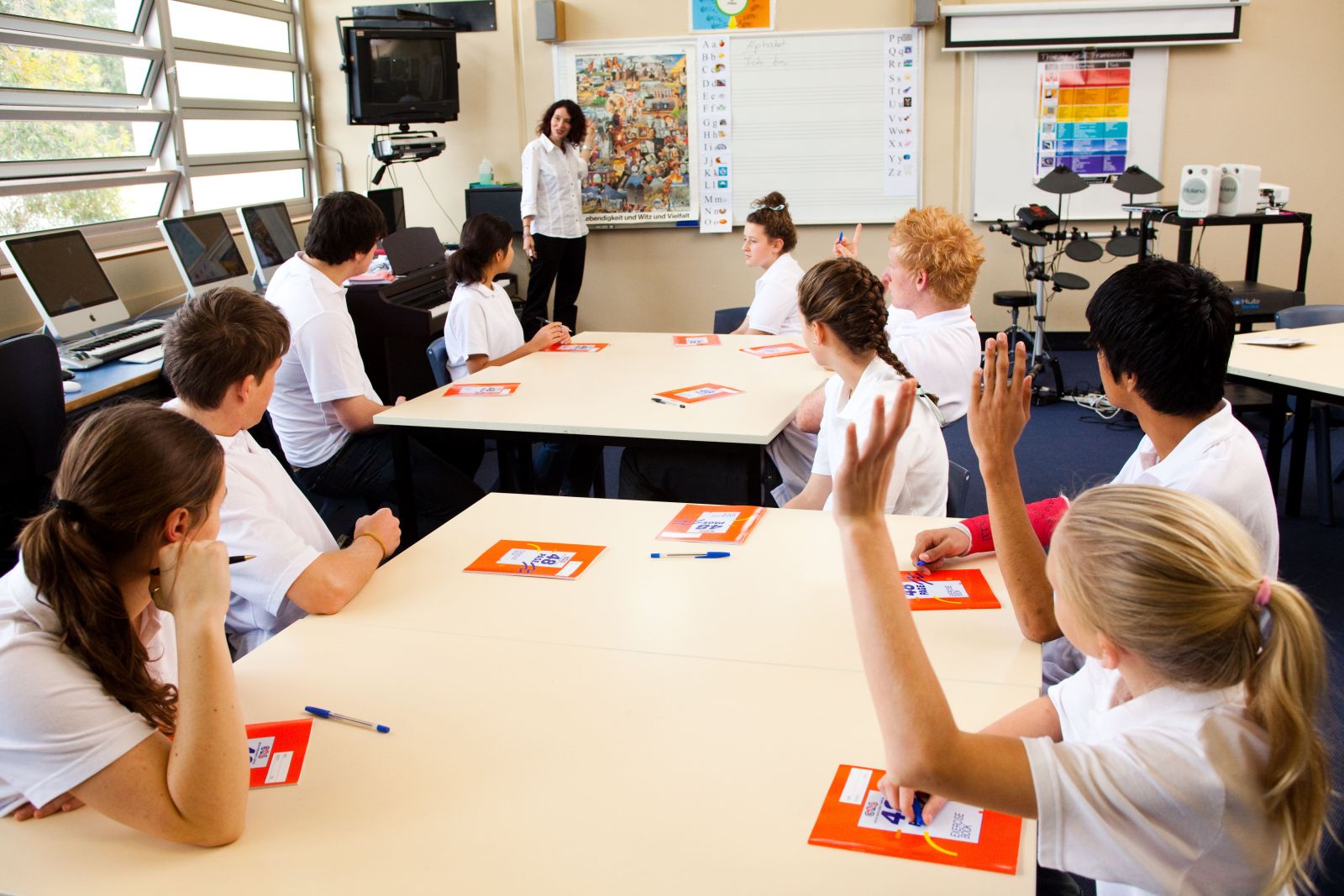Lesson Intentions and Success Criteria
Author: Gerard Alford Date Posted:27 February 2023

Lesson Intentions and Success Criteria The lesson intention , the anticipated product and the planned process WALT and WILF Lesson Intentions and Success Criteria are not new.
Lesson Intentions and Success Criteria
The lesson intention, the anticipated product and the planned process
WALT and WILF
Lesson Intentions and Success Criteria are not new.
Sometimes known as WALT (We are Learning To) and WILF (What I’m Looking For) or Lesson Aims and Lesson Objectives – they all address two important questions which we should ask ourselves every lesson:
- What do I want my students to know or do by the end of the lesson? – the Lesson Intention
- How will I know, and how will they know that they’ve got it right? – the Product Success Criteria
Recently, there has been plenty of discussion to include a third question:
- What are the steps to get there? – the Process Success Criteria
The Lesson Intention
The Lesson Intention is the intended focus of a single lesson or a series of lessons. What do I want my students to learn? It is the starting point of the teacher’s planning. For example:
- We are learning about…
- The Industrial Revolution in Britain
- angle names and their relationship with a right angle
- We are learning to…
- Identify the origin and purpose of primary and secondary sources
- Estimate, construct and measure angles
The Product Success Criteria
The Product Success Criteria is what the students will produce or demonstrate as evidence of their learning.
In recent years, there has been a shift to include Process Success Criteria (Clarke, 2021). Rather than students only knowing what the finished product looks like, which is important, the success criteria also explicitly state how they get there – the process.
For example:
Lesson Intention: We are learning about the causes and effects of the Industrial Revolution (1750-1914) in Britain.
|
Product Success Criteria
|
Process Success Criteria
|
|
You will produce an essay arguing who were the main winners and losers of the Industrial Revolution (1750-1914) in Britain. |
Remember to:
|
Note: see itcthinkdrive (https://www.itcthinkdrive.com.au) for more explanation on the use of the task verbs.
The Process Success Criteria - Co-constructing
In formulating the Process Success Criteria, it is much more powerful to co-construct with the students to ensure their ownership of the process. Co-constructing the Process Success Criteria can be done by:
- Consolidation pauses: After some time working on the topic, students can be
- Exemplars: Students can be shown a good example of a response. They can then analyse the exemplar – what makes it a good example? Not only does this inspire students to strive and produce work to this standard, when the student responses are summarised, they can form part of their Success Criteria.
- Teacher demonstrations and Lesson Stops: the teacher may stop at different stages and ask, “What did I just do?”. The teacher may then record (eg on the board) the responses in order to form part of the Success Criteria.
- Playing the fool – works really well in the Primary classrooms. The teacher may demonstrate a process or a teacher-completed final product that is incorrect / poor. The students then may be asked to suggest how to correct / improve.
Goals, Products and Processes
Setting the goals of a lesson or a series of lessons through planning Lesson Intentions and Success Criteria is excellent teaching practice and it quite rightfully sits at the top of the High Impact Teaching strategies (HITS) list: https://www.education.vic.gov.au/school/teachers/teachingresources/practice/improve/Pages/hits.aspx
Importantly however, while the Lesson Intention and the Product Success Criteria are generated by the teacher, it is better practice to then co-construct the Process Success Criteria with the students. The students will not only have co-ownership of them, but there is also a greater chance that they will understand the process and will produce better quality work!
